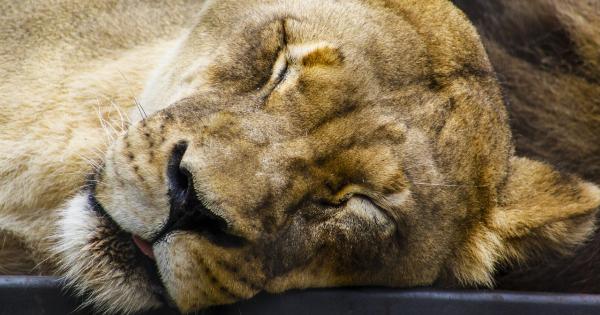Snoring is often seen as a cute and harmless habit, but did you know that it could be a sign of serious health risks in children? Snoring is not normal for children, and could be an indication of underlying health issues such as sleep apnea, allergies, or enlarged tonsils. In this article, we explore the hidden health risks of your child’s snoring.
What Causes Snoring in Children?
Snoring occurs when air cannot move freely through the nose and throat during sleep. In children, snoring is often caused by allergies, colds, or respiratory infections.
However, in some cases, snoring may be an indication of a more serious condition, such as sleep apnea.
What is Sleep Apnea?
Sleep apnea is a condition in which a person’s breathing pauses or becomes shallow during sleep. In children, sleep apnea is often caused by enlarged tonsils or adenoids, which can block the airway and interfere with breathing.
Sleep apnea in children can lead to several serious health risks, including:.
- Cardiovascular disease
- High blood pressure
- Behavioral and learning problems
- Delayed growth
- Developmental delays
Types of Sleep Apnea
There are two types of sleep apnea, obstructive sleep apnea (OSA) and central sleep apnea (CSA). Obstructive sleep apnea is the more common form of sleep apnea in children and occurs when there is a blockage in the airway.
Central sleep apnea is less common and occurs when the brain fails to send the proper signals to the muscles that control breathing.
Symptoms of Sleep Apnea in Children
The symptoms of sleep apnea in children can be difficult to detect, as they may not experience the typical symptoms of snoring or gasping for air. Some of the common symptoms of sleep apnea in children include:.
- Loud snoring
- Pauses in breathing during sleep
- Mouth breathing
- Restless sleep
- Bedwetting
- Daytime sleepiness or fatigue
Diagnosis and Treatment of Sleep Apnea in Children
If you suspect that your child may have sleep apnea, it is important to seek medical attention. A doctor may recommend a sleep study to diagnose sleep apnea and determine the severity of the condition. Treatment for sleep apnea in children may include:.
- Removal of tonsils or adenoids
- Continuous Positive Airway Pressure (CPAP) therapy
- Oral appliances
- Weight loss (if applicable)
Other Hidden Health Risks of Snoring in Children
Aside from sleep apnea, snoring in children can also be an indication of other hidden health risks, including:.
- Obesity
- Acid reflux
- Narrowing of the airway
- Allergies
- Asthma
Preventing Snoring in Children
Preventing snoring in children can help reduce the risk of developing serious health conditions. Here are some ways to prevent snoring in children:.
- Maintain a healthy weight
- Practice good sleep hygiene
- Keep the air moist by using a humidifier
- Address any allergies or respiratory issues
- Avoid exposure to smoke and other environmental irritants
Conclusion
Snoring is not a harmless habit in children, and can be an indication of serious health risks such as sleep apnea, allergies, or enlarged tonsils.
If your child snores on a regular basis, it is important to seek medical attention to determine the underlying cause and receive appropriate treatment. By addressing snoring in children, we can help reduce the risk of developing serious health conditions later in life.




























